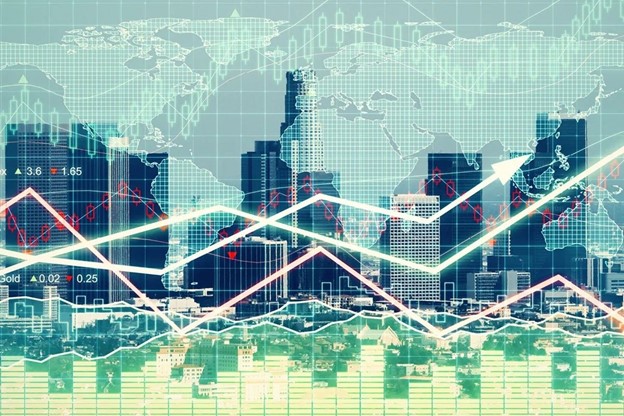We live in a world where most problems are solved with the appropriate technology, even at the click of a button, a child can be born.
Technology in the hands of the right people help build a world full of opportunities and crime prevention and/ or reduction. The same can also be said in the fight against money laundering and terrorist financing. Technology can be deployed to foil the activities of criminals as money laundering activities are becoming sophisticated by the day making it difficult for human investigators to detect the money trail.
This article aims at exploiting how technology can be use by everyone especially financial institutions to fight money laundering and reduce their regulatory and/ compliance risk they are exposed to.
One way technology can be used to identify criminals attempting to do business with any company is by introducing name screening search in the application used for Know Your Customer (KYC) procedures. That the company’s core application should be linked to an updated name screening software (be it the sanctions list, blacklist. caution list and/ or adverse media/ negative news/ pre-conviction news). Any criminal on these lists will be identified immediately.
This can even help the company to identify Politically Exposed Persons (PEP) and Financially Exposed Persons (FEP) and risk rate them appropriately, as these people tend to hide their status when dealing with financial institutions. Constant screening of customers’ names in real-time will help identify any criminal after onboarding.
The technology also helps in identifying and screening of Ultimate Beneficial Ownerships (UBO) for companies. Another way the name screening technology can be deployed to fight terrorist financing, money laundering and other financial crimes is via international trade services where trade transactions are screened against the various watch lists and trade transactions usually involve a lot of parties such as the seller’s and buyer’s banks, the buyer, intermediary and/ or correspondent banks, vessels/ ships.
In this era where everything is done at the click of a bottom to facilitate convenience and efficiency, facial recognition and verification systems become appropriate to reduce the risk of financial crimes. Facial recognition technology is a reliable defense technology that can be used to foil the activities of criminals in this digital world we find ourselves. KYC face verification process has helped stop illegal access and foil attempts at laundering money. Companies that onboard their customers online can use this technology to the reduce risk of impersonation. Some of the advanced facial identification have liveness detection feature which ensures that a live, genuine person is involved in the authentication procedure.
This makes it possible to thwart ant fraud efforts that use static photos and videos for verification. At the onboarding of new customers’ stage, facial verification is very crucial as it verifies the identity of the customer, thereby reducing the risk of identity theft and KYC conformity is guaranteed.
Leveraging Application Programming Interfaces (APIs), AI/ML, biometrics and advanced optical character recognition (OCR) technologies can enable financial institutions to gather more information and analyze it more intelligently in their KYC procedures.
Mention can also be made of Artificial Intelligence (AI) as another technology that could be deployed in the transactions monitoring function of financial institutions. It is a regulatory requirement for financial institutions to monitor and review customer transactions that flow via their systems. This is to prevent the financial institution from being use a conduit for money laundering and terrorist financing.
Due to the number of transactions that occur in a day and the limitations of humans, this task of monitoring has become a very big challenge. With the coming into force AI, financial institutions can mitigate the risk above, by leveraging AI-based transaction monitoring systems to detect and prevent illicit activities. These systems automatically process, monitor, and analyze transactions, providing valuable insights that help compliance staff focus on investigations and decision-making related to high-risk red flags.
The AI-based systems (AI algorithms) help to reduce the number of false positives with cutting-edge alerts being set to identify anomalous behaviors and complex patterns that may indicate illicit activities.
Risk assessment is part of the AML process and procedures instituted by financial institutions to evaluate the potential risk of money laundering associated with a particular customer and/ or transactions. This task is manually done and rely on subjective judgement, which can lead to inaccurate results/ ratings leading to increased compliance risk. With AI- powered risk assessment systems, customer data and transaction history can be analyzed efficiently to generate the risk rating of the customer. These systems can provide financial institutions real-time risk assessments to make informed decisions.
By now, I think you must be familiar with the importance of the role of technology in anti-money laundering compliance and how it can make a difference in terms of enhanced efficiency, accuracy, and productivity.
Would you mind doing me a favor? Share this article with someone so that the awareness of money laundering and terrorist financing could be spread to avoid being used as a conduit by criminals.
If you require further information on this article, please contact Richieson @ [email protected]










